Ever wondered how fast aloe vera grows and how to speed things up? You’re not alone. Many of us love this resilient plant for its healing properties and want to see it thrive even more.
Aloe vera is a fast grower with the right care, maturing in just a few years and producing new leaves regularly. I’ll dive into how to create the perfect environment, from sunlight to soil, and how to care for your plant to encourage rapid growth.
Ready to make your aloe vera the healthiest, happiest plant it can be? Let’s explore the secrets to boosting your aloe’s growth and making the most of this amazing succulent.
- Related article: Aloe Vera Gardening Guide
6 Key Takeaways on How Fast Does Aloe Vera Grow
- Aloe vera typically matures in 3 to 4 years with proper care, growing new leaves every few weeks during the warm seasons.
- Aloe vera grows relatively fast, producing 1-2 new leaves annually, especially when optimal conditions are met.
- Regular repotting every 2-3 years is crucial for aloe vera to avoid overcrowding and encourage faster growth.
- Infrequent but deep watering is essential for aloe vera’s growth; it prefers well-draining soil to avoid waterlogging.
- Aloe vera thrives in warm temperatures and benefits from being outdoors during the growing season.
- Young aloe vera plants may take 3-4 years to mature and start flowering.
Aloe Vera Is a Fast Grower
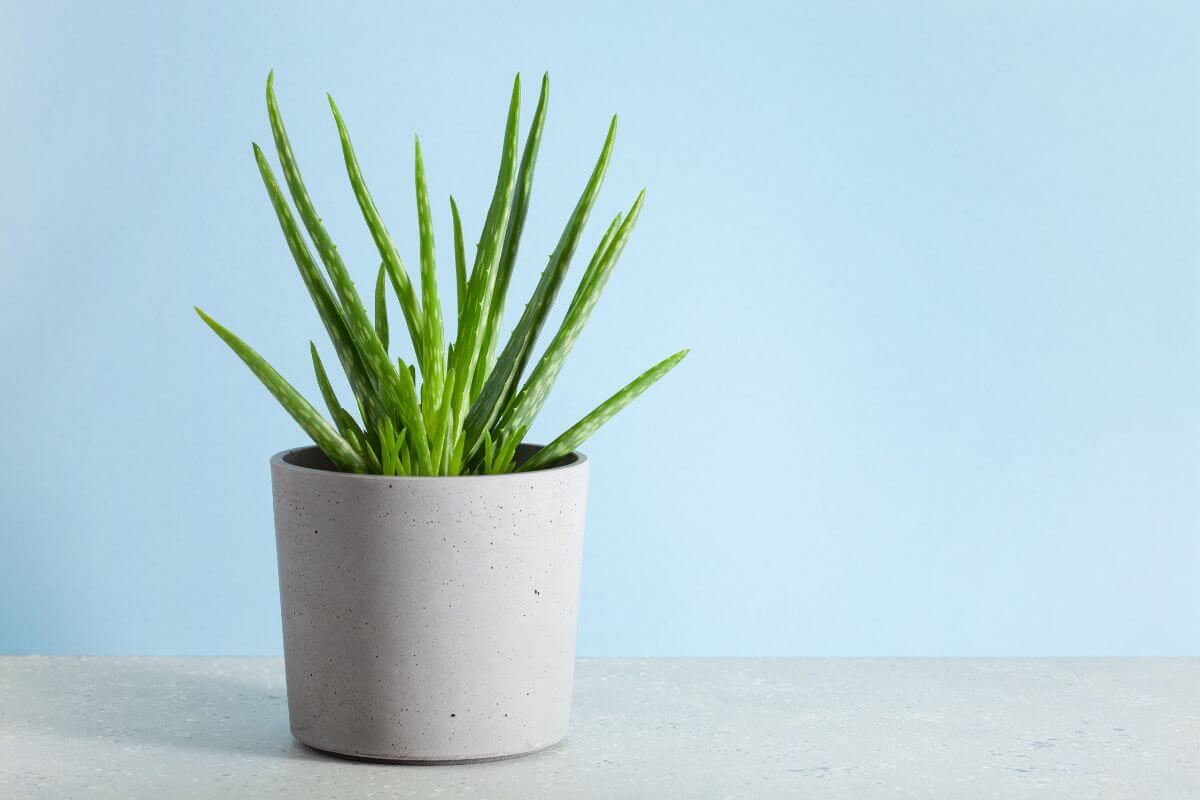
Aloe Vera is a favorite for indoor and outdoor gardening because it grows fast and adapts well. It can mature in 3 to 4 years if you provide the right conditions. During spring and summer, it produces new leaves every few weeks.
Propagating Aloe Vera is simple. The plant makes offsets or “pups” at its base. You can separate and replant these pups to grow more plants quickly.
Aloe Vera has thick, fleshy leaves that store water. This helps it survive dry conditions. The leaves can grow up to 36 inches tall and are usually green or grey-green. When mature, Aloe Vera can produce tall flower spikes with tubular yellow or orange flowers, usually in summer. However, most people grow it for its leaves.
What Are the Common Aloe Vera Species?
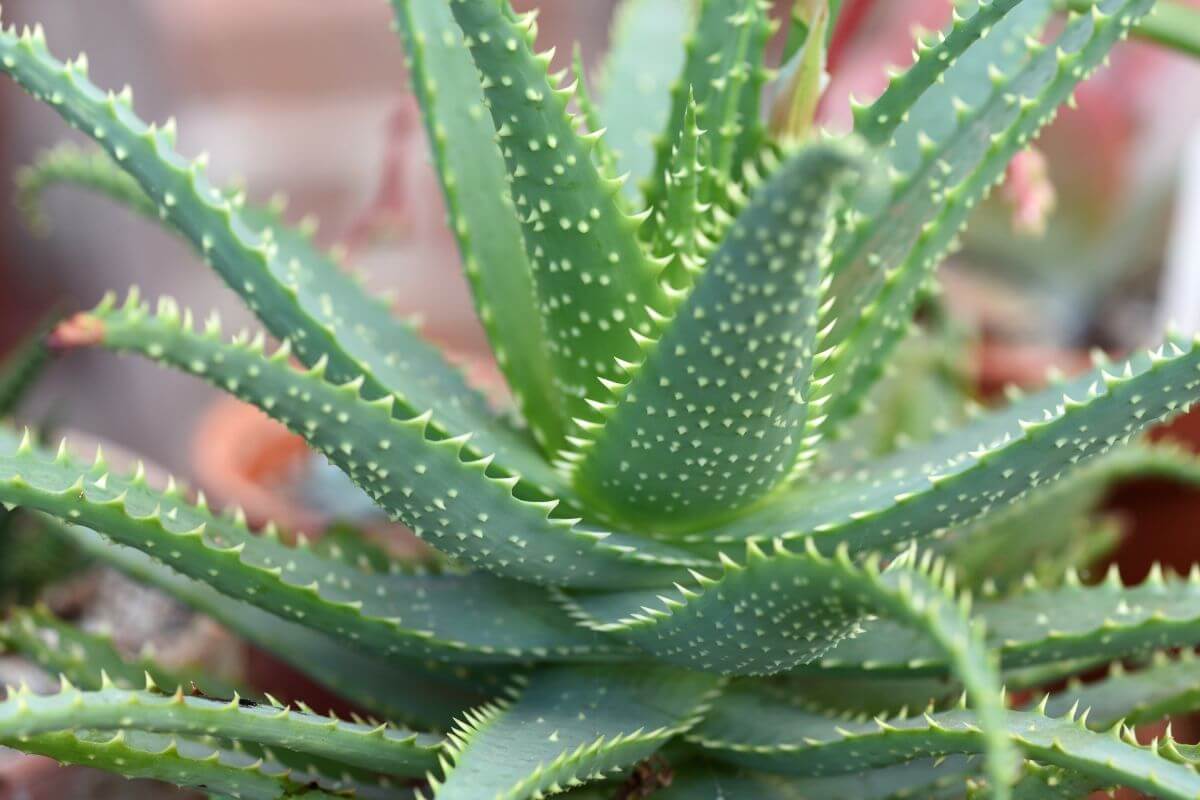
Aloe vera is a well-known plant in the Aloe family. There are over 500 species in this genus. Some common types of aloe are:
- Aloe Vera (Aloe barbadensis Miller) – This is the most recognized species, known for its medicinal properties, particularly in soothing skin irritations. It features lance-shaped leaves with jagged edges and can grow to about 1–3 feet in height. Its flowers are typically yellow, red, or orange.
- Aloe arborescens – Commonly referred to as krantz aloe or candelabra aloe, this species can grow up to 2 meters tall and has a distinctive candelabra shape. It is often used in traditional medicine and has a long history of use.
- Cape Aloe (Aloe ferox) – This species is notable for its tall growth, reaching heights of nearly 10 feet. It is native to South Africa and is known for its bitter sap, which is used as a laxative. The flowers are red-orange and can reach significant heights above the foliage.
- Aloe cameronii – Also known as red aloe, this species is characterized by its striking coppery-red leaves. It is a smaller species that adds vibrant color to gardens.
- Aloe capensis – Often referred to as Cape aloe, this species is recognized for its medicinal uses and is also native to South Africa. It shares some similarities with Aloe vera in terms of its applications.
- Aloe polyphylla – Known as the spiral aloe, this species is famous for its unique spiral leaf arrangement and is often sought after for ornamental purposes.
- Short-Leaf Aloe (Aloe brevifolia) – A compact succulent with thick, triangular leaves and vibrant, blue-green coloration, often featuring reddish edges and producing bright orange tubular flowers.
Optimal Growing Conditions and Factors for Aloe Vera
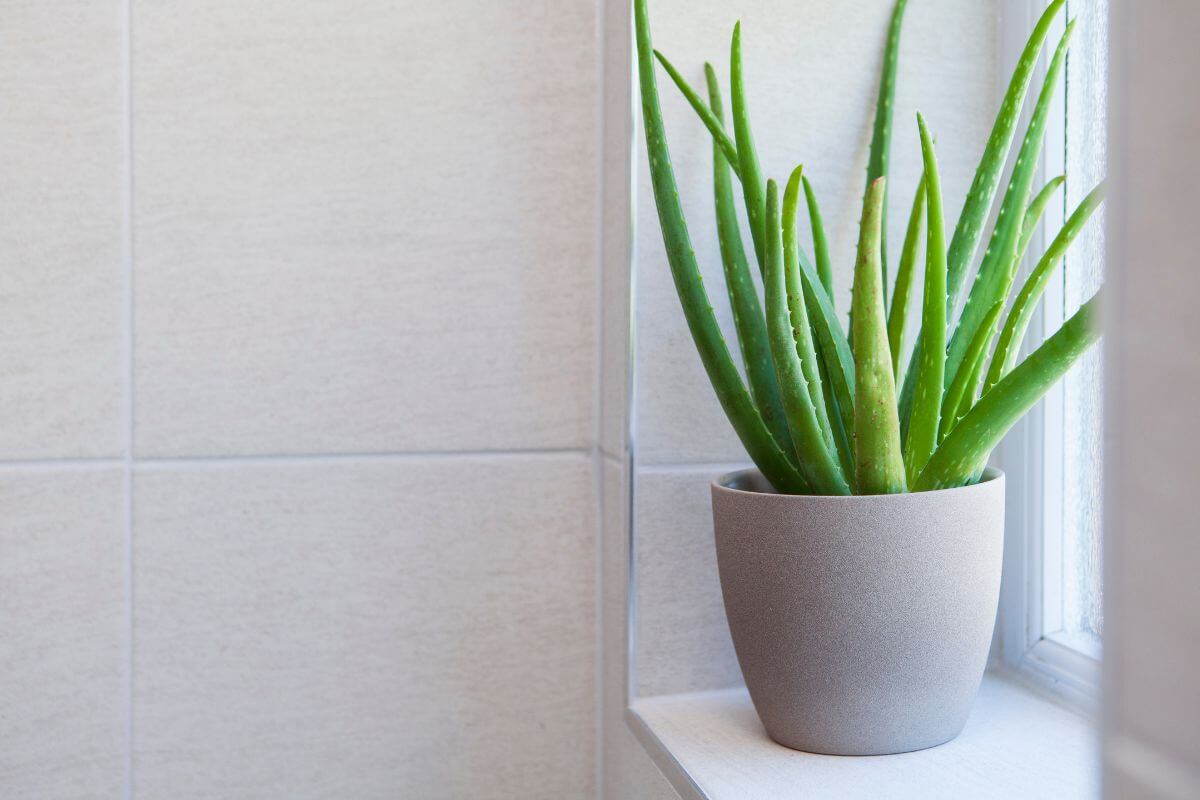
Understanding environmental conditions is important for the growth rate of your aloe vera plant. Key factors include sunlight exposure, temperature, soil quality, and watering frequency. Let’s take a look at each requirement closely.
| Factor | Details |
|---|---|
| Sunlight Exposure | Thrives in bright, indirect sunlight. Avoid direct sun exposure to prevent leaf burns. |
| Temperature | Ideal range: 60-75°F (15-24°C). Consistent temperatures promote growth. |
| Soil Quality | Use well-draining sandy or gravelly soil. Prevents waterlogging and supports healthy growth. |
| Watering Frequency | Prefers infrequent but deep watering sessions. Water aloe vera properly and avoid overwatering to prevent root rot. |
| Growth Monitoring | Regularly check growth patterns, leaf color, and overall plant health. Adjust care as needed for optimal growth. |
Providing these optimal conditions can accelerate your aloe vera’s growth. Young plants may grow slowly initially, but with patience and proper care, they will flourish.
Aloe Vera Growth Stages and Speed
To understand the growth speed of Aloe Vera plants, observe their incremental leaf development and the rate of new leaf production under favorable environmental conditions. Aloe Vera typically grows at a slow to moderate pace, with about 1-2 new leaves added per year.
Young aloe plants may take 3 to 4 years to reach maturity and establish consistent growth patterns.
The growth speed of Aloe Vera is influenced by various environmental factors such as sunlight, water, and temperature. Ensuring adequate sunlight exposure, well-draining soil, and proper watering practices can contribute to optimal growth rates.
Regular monitoring of growth patterns, leaf development, and overall plant health is essential to gauge how quickly your Aloe Vera is growing.
| Growth Stage | Duration | Average Growth Speed | New Leaves Annually | Time to Maturity | Environmental Factors |
|---|---|---|---|---|---|
| Germination | 2-4 weeks | Slow | N/A | 2-3 years | Warm temperatures, moist soil |
| Seedling | 3-6 months | Moderate | 2-3 | 2-3 years | Indirect sunlight, well-draining soil |
| Young Plant | 6-18 months | Moderate to Fast | 4-6 | 2-3 years | Bright light, minimal watering |
| Mature Plant | 2-3 years | Fast | 6-8 | Achieved | Full sunlight, dry periods between watering |
| Propagation | Varies (6-12 months) | Moderate | N/A | 2-3 years | Warm temperatures, indirect sunlight |
Tips to Encourage Rapid Aloe Vera Growth
There are many helpful care tips to try and keep in mind while caring for your aloe vera. It will help to encourage faster growth of the aloe vera.
1. Bury Banana Peels in the Potting Soil
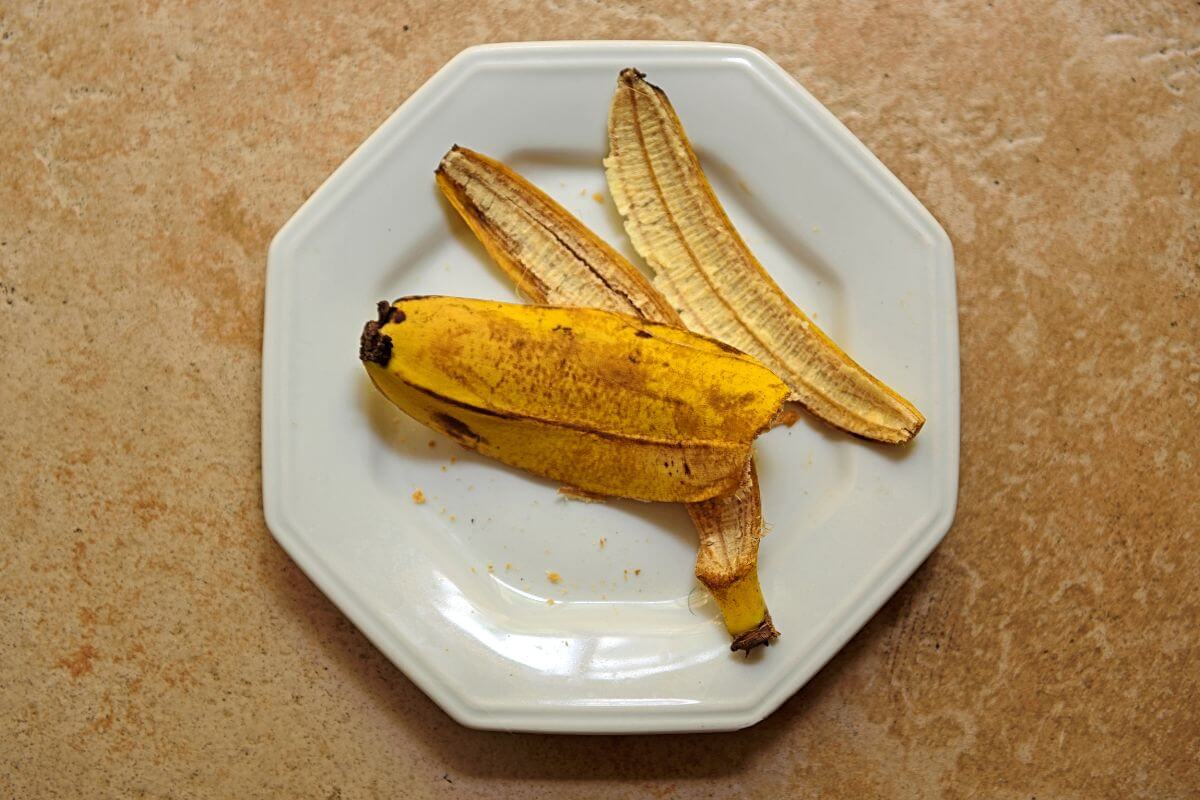
Banana peels are rich in potassium, which is essential for healthy plant growth. Bury a few peels in the soil around your aloe vera plant to provide a slow-release source of potassium. This will help promote strong root development and overall vigor in mature plants.
2. Encourage Root Growth and Development
Aloe vera plants thrive when their roots have room to spread out. Gently remove the plant from its pot every few years and divide it into smaller sections. Replant each section in a larger container with fresh, well-draining potting mix. This will encourage the roots to grow and establish themselves in the new soil.
3. Prevent Overcrowding in the Pot
Aloe plants need space to grow. If your plant is crowded in its pot, it may become stunted or leggy. Repot mature plants every 2-3 years in a container that is 2-3 inches wider than the previous one. This will give the roots room to expand and support the plant’s growth.
4. Check for Diseases and Pests
Keep an eye out for signs of disease or pest infestations, such as aloe mites, mealybugs, and aloe scales. These tiny mites can stunt the growth of your plant and cause unsightly deformities. If you notice any issues, isolate the affected plant and treat it with an appropriate insecticide or fungicide.
5. Keep Your Aloe Plants Outdoors When Possible
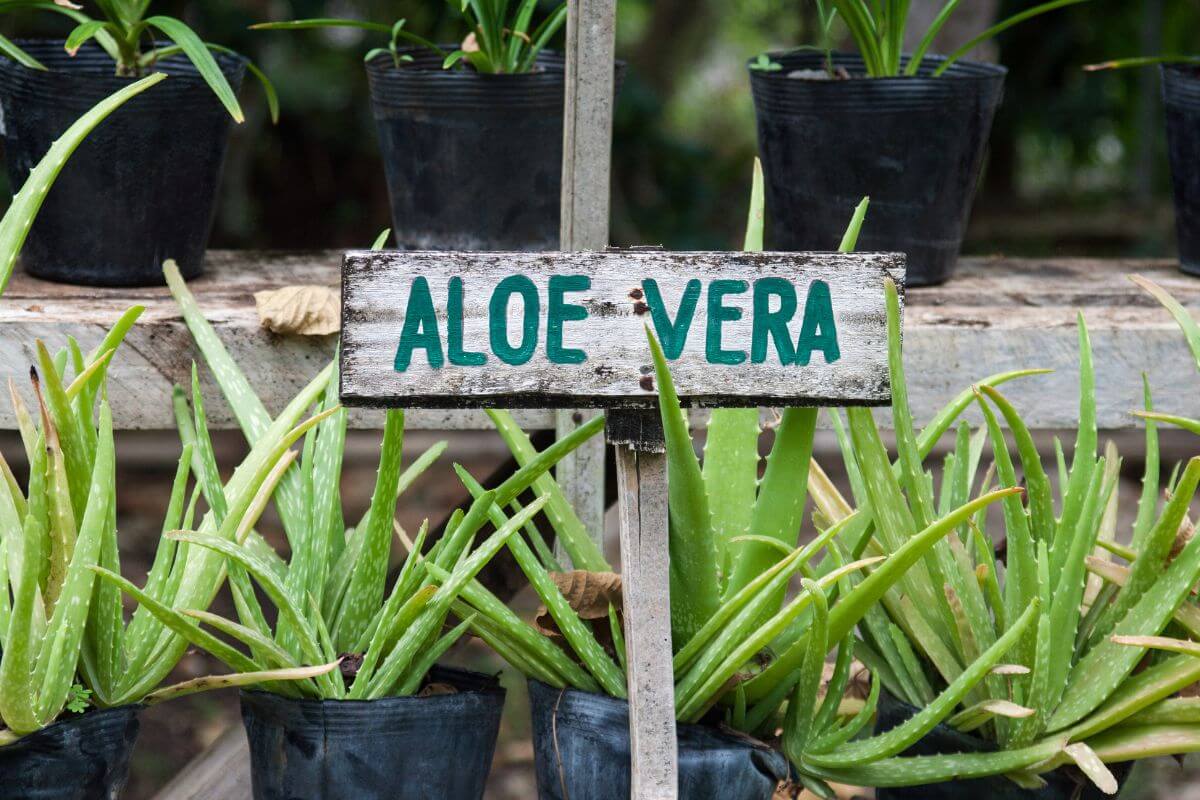
Aloe plants thrive in warm, sunny conditions. If you live in a climate that allows it, keep your plants outdoors during the growing season. Make sure to gradually acclimate them to direct sunlight to prevent sunburn. Bring them indoors during colder months or if temperatures drop below 50°F (10°C).
6. Monitor Aloe Vera Growth Patterns
To monitor your aloe vera plant’s growth, track the emergence of new leaves. This is a key indicator of its overall health and development. Aloe vera typically grows 1-2 inches per year, but this can vary based on sunlight, water, and temperature.
Young plants may take 3-4 years to mature and begin flowering. Regularly measuring plant height or leaf length provides tangible data points to track your aloe vera’s progress. Monitoring new leaf growth is important as it reflects the plant’s health and development status.
How Fast Does Aloe Vera Grow Final Thoughts
Growing aloe vera can be a breeze if you know the right tricks. I’ve found that these plants thrive when given a little extra care. Want to see your aloe vera shoot up like a rocket? Try burying banana peels in the soil. It’s a simple hack that works wonders.
But don’t stop there. Give your aloe some breathing room. Crowding is a no-no for these succulents. I learned this the hard way when I packed too many plants together. Now I make sure each aloe has its own space to stretch out.
Have you ever seen an aloe vera grow like crazy? It’s pretty amazing. With these tricks up your sleeve, you’ll have a healthy and strong plant in no time.
How Fast Does Aloe Vera Grow FAQs
1. How Long Does It Take For Aloe Vera To Mature?
Aloe vera typically takes 3 to 4 years to reach maturity under optimal conditions, with new leaves appearing every few weeks during the growing seasons.
2. What Conditions Promote Faster Growth For Aloe Vera?
To encourage faster growth, provide aloe vera with bright, indirect light, well-draining soil, and infrequent but deep watering. Using potassium-rich banana peels and repotting every 2-3 years can also help.
3. How Often Should I Repot Aloe Vera?
Aloe vera should be repotted every 2-3 years to prevent overcrowding and give the roots more space to grow, which supports overall plant health and faster growth.
4. What Are the Ideal Temperature and Light Conditions For Aloe Vera?
Aloe vera thrives in temperatures between 60-75°F (15-24°C) and prefers bright, indirect light. Avoid direct sunlight to prevent leaf burn and maintain optimal growth.
5. How Can I Prevent Pests From Affecting Aloe Vera Growth?
Regularly inspect aloe vera for pests such as aloe mites, mealybugs, and scales. Address any infestations promptly with appropriate treatments to prevent stunted growth and maintain plant health.
If you’re looking for more information about how to grow aloe vera, check out the following:


